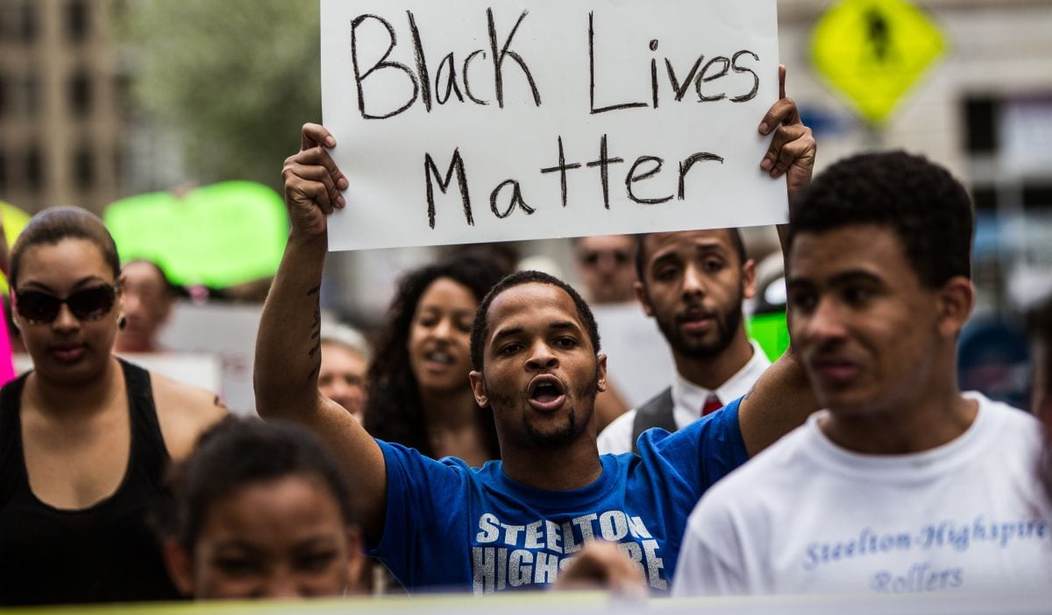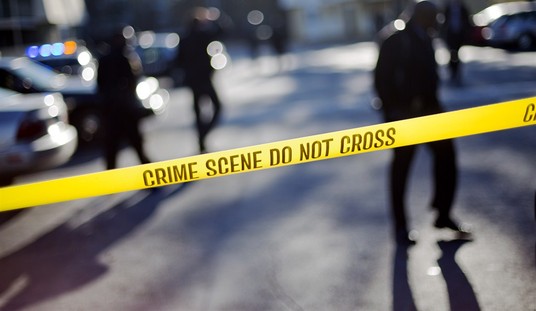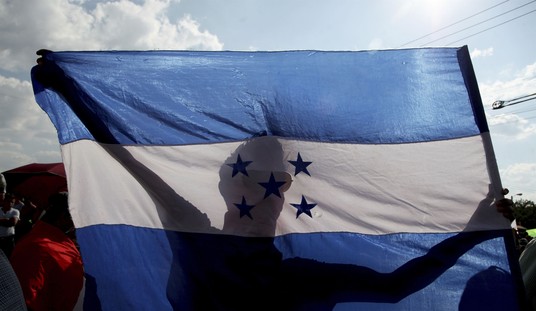More than any other major city in America, Baltimore embraced the anti-police narrative about violence in the streets. The city’s former mayor, Stephanie Rawlings-Blake, proudly announced in 2015 at the height of the Freddie Gray protests that she was giving space to rioters so they could destroy property more easily.
The criminal element in Baltimore took that sentiment to heart. Now, violence and murder is out of control and most residents blame a reduced police presence on the streets for the mayhem.
As Baltimore grapples with its highest per capita record for homicides, some resident blame a lack of police presence in their neighborhoods as a reason for the city’s gun violence problem.
One Baltimore, Md., pastor argued that more police need to patrol the city’s neighborhoods in order to better protect the locals, according to an interview with NPR published Sunday.
“We wanted the police there,” Rev. Kinji Scott told NPR. “We wanted them engaged in the community. We didn’t want them beating the hell out of us, we didn’t want that. We need the front line police officers and we need the heart of the black community to step to the forefront of this discussion. And that’s when we’re going to see a decrease in crime.”
Baltimore reached 343 homicides last week as city leaders struggle to come up with ways to fix the violence. Mayor Catherine Pugh, a Democrat, released a holistic crime plan, aimed at cracking down on poverty, opening up access to local community colleges to students who might not be able to afford it and working to better train officers, while the city police commissioner touted the recent addition of new hires to the force.
The response to the Freddie Gray riots by the city has been connected to the spike in violence:
Until Gray’s death, 15 years had passed since the annual homicide count exceeded 300. Now the city has 30,000 fewer residents, and its per capita homicide rate is second only to that of St. Louis.
Police Commissioner Kevin Davis expected violence to “normalize” after Gray’s death. But the rioting “emboldened” criminals, he said, including looters who ransacked pharmacies and pumped opioids into outdoor drug markets rife with heroin and crack.
“You can see 1,000 hand-to-hand drug transactions a day,” said Ray Kelly, a community organizer, passing a thicket of dealers the other day in West Baltimore. “After the unrest, I saw it grow fivefold. There’s no deterrence.”
Earlier this year, the city signed a consent degree with the Department of Justice. The decree came about after an investigation by DoJ into police practices. What it found was troubling:
The DOJ spent more than a year looking at the department, then issued a scathing report. The document described widespread racial bias, use of excessive force, repeated patterns of unconstitutional arrests and hostility towards women and LGBT civilians, as well as other civil rights violations. Rawlings-Blake called it “challenging to hear.”
The city overreacted to the DoJ report, making the job of police more difficult and dangerous. And the criminals have become emboldened, looking at the ludicrous “anti-crime” programs being touted by the politicians as nothing more than a lot of hot air.
Baltimore is a prime example of what happens when politicians coddle criminals and give them the excuse of racism to justify their crimes. It’s too late to say, “Sorry. We made a mistake.” What’s done is done and the people of the city of Baltimore are going to have to live with it.










Join the conversation as a VIP Member